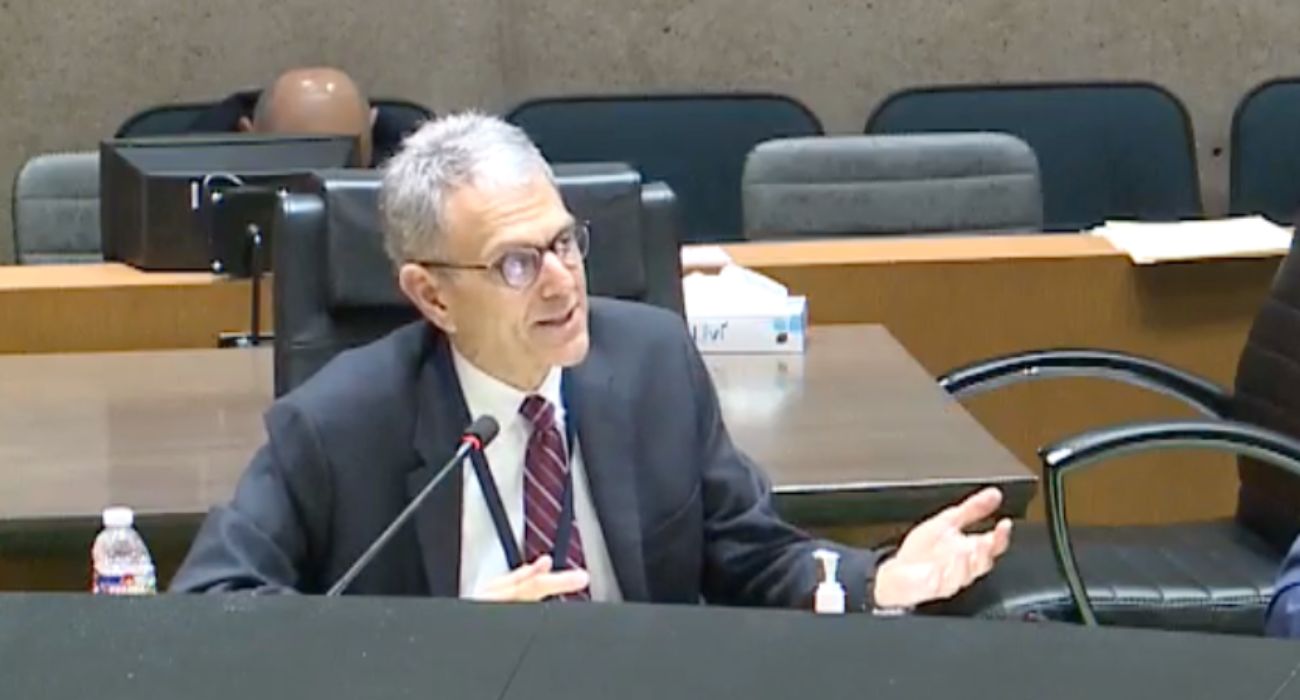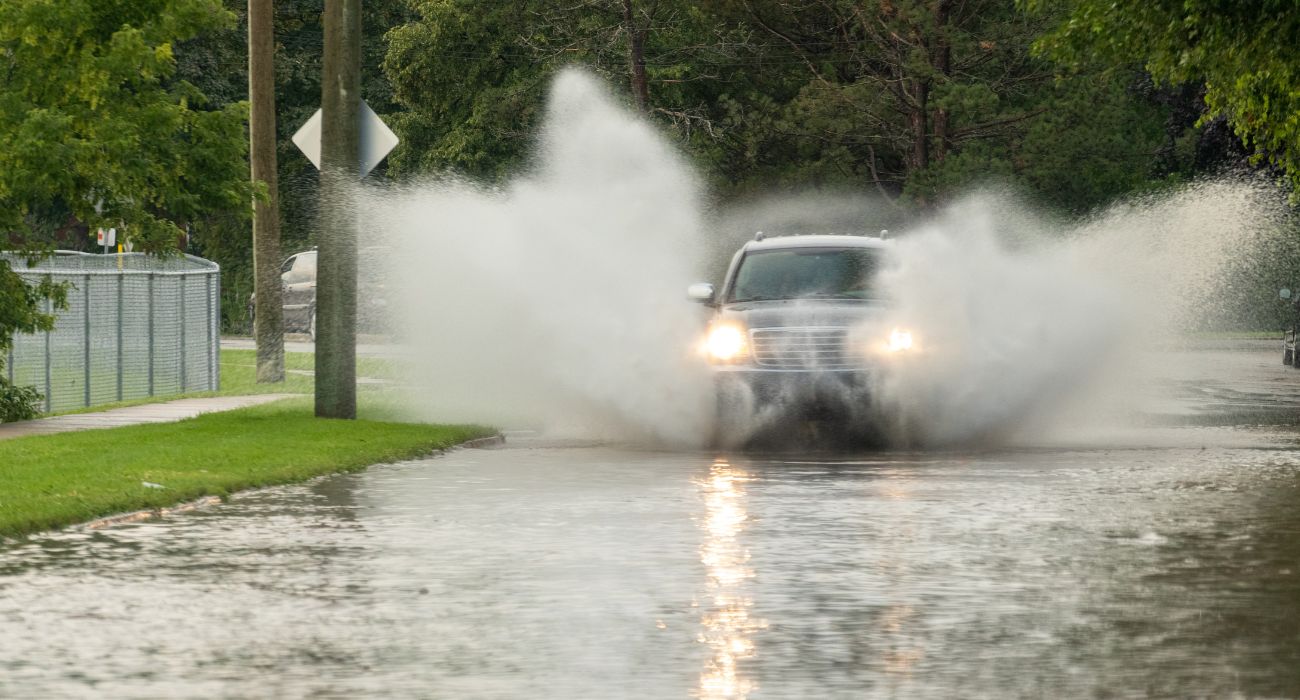A helicopter crash in Rowlett on March 25 left two people dead: a flight instructor and a student pilot. The accident is being investigated by the National Transportation Safety Board (NTSB) and the Federal Aviation Administration (FAA).
Around 11:30 a.m., several pieces of the helicopter dropped from the sky into an open lot surrounded by busy roads and businesses.
The helicopter’s tail separated from the main body while in the air. The tail rotor was discovered on a nearby building 100 yards from the crash site of the main body.
According to NBC DFW, the crash site was located east of Dexham Road in the 2200 block of Lakeview Parkway.
When the body of the aircraft crashed, it burst into flames with the victims trapped inside.
According to Fox 4, Rowlett City Councilman Blake Margolis said that bystanders tried unsuccessfully to help the victims. Margolis arrived at the scene 10 minutes after the crash.
“I think the whole community is just heartbroken for the families of the passenger and the pilot,” Margolis said.
Andrew Reyna, a witness, said, “We saw smoke, and we tried to help. We tried to grab some fire extinguishers, but it was too dangerous. We couldn’t get too close because of heat and the blaze.”
The victims were a male student working towards obtaining his helicopter rating during a training flight and a female flight instructor who sat as a passenger. Aviation Safety Network confirmed that the pilot was the student receiving instruction.
Business owner Sammie Walker also witnessed the crash.
“We heard a big woofing noise. When you saw it in the air, you thought it was going to land in the middle of the street,” Walker said.
A witness captured a video of the helicopter spinning uncontrollably while heading west in the air.
According to Cruz Hernandez, the spokesperson for Rowlett Police, “Witnesses said that the helicopter was crashing to the ground, that the rear rotor had separated from the helicopter, and that the helicopter was dropping and spinning.”
Scott Ussery, another witness, stated, “We [saw] the helicopter going real slow, and my wife says, ‘Man, that doesn’t look right.’ It started swinging a little bit and going down lower, and it started going out of control.”
The NTSB is leading an investigation into how the tail of the aircraft separated from its body. Rowlett’s Community Emergency Response Team is providing resources to federal investigators.
The helicopter was a Robinson R-44 model. Robinson Helicopter Company is based in California, according to WFAA. Sky Helicopters in Garland owns the helicopter that crashed.
Los Angeles law firm Baum Hedlund Aristei & Goldman said that Robinson Helicopter aircraft have been involved in approximately 1,600 incidents or accidents globally. Of those, 425 were fatal accidents, resulting in more than 700 deaths.
Ladd Sanger, an aviation lawyer who has worked on Robinson cases, said, “There can be a number of causes for the main rotor system cutting off the tail boom. Some of them are pilot error.”
Sanger also stated it could be a defect.
An attorney and former military helicopter pilot who has also worked on Robinson cases, Jon Kettles, told WFAA that after watching the footage, he believes the helicopter’s main rotor smacked into the tail in the air.
“This is the most likely scenario. Radar data shows the aircraft doing a lot of maneuvers and getting very slow at several points. The question now is what caused the main rotor blades to flex down that far,” Kettles said.
However, Mike Lyon, another Dallas attorney who has worked on Robinson cases, said, “The conditions that this horrible crash occurred in would tell me that it tends to gravitate more towards a product issue versus pilot error.”
The weather on March 25 showed clear skies with no high winds, and whether any radio distress calls were made is unknown at this time.
Investigators could take between 2 months and 2 years to determine the cause of the accident.






